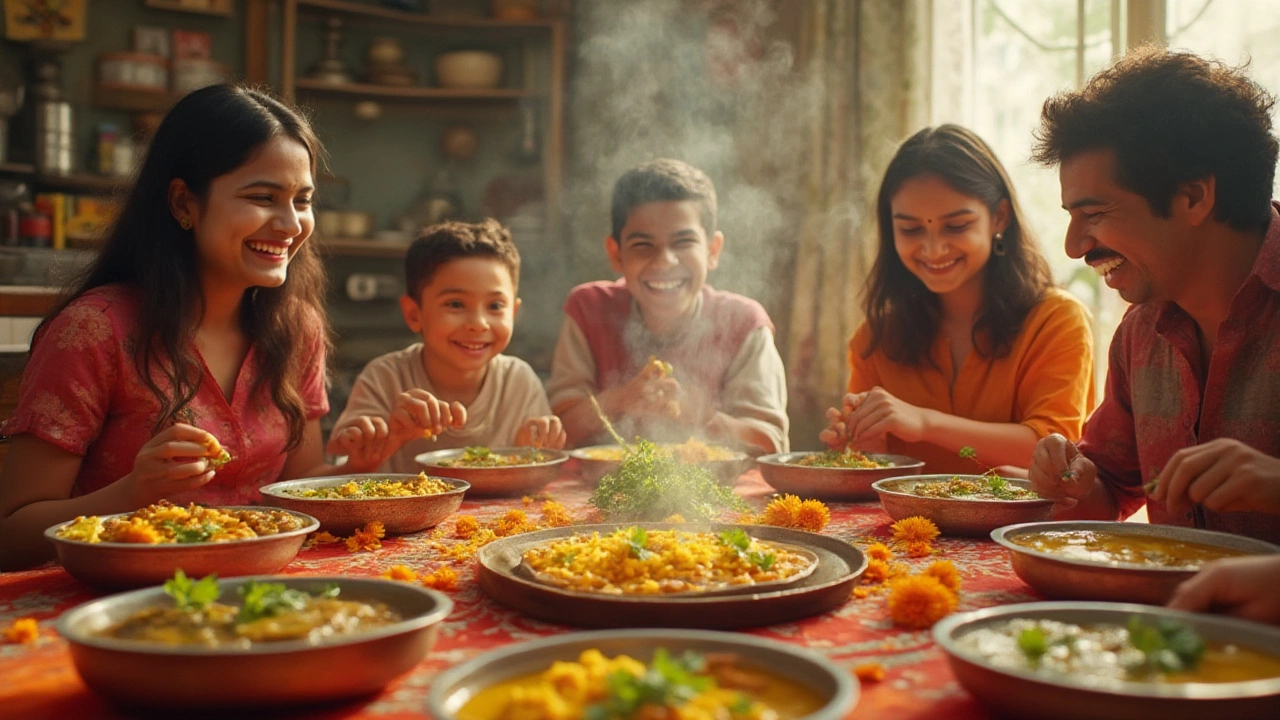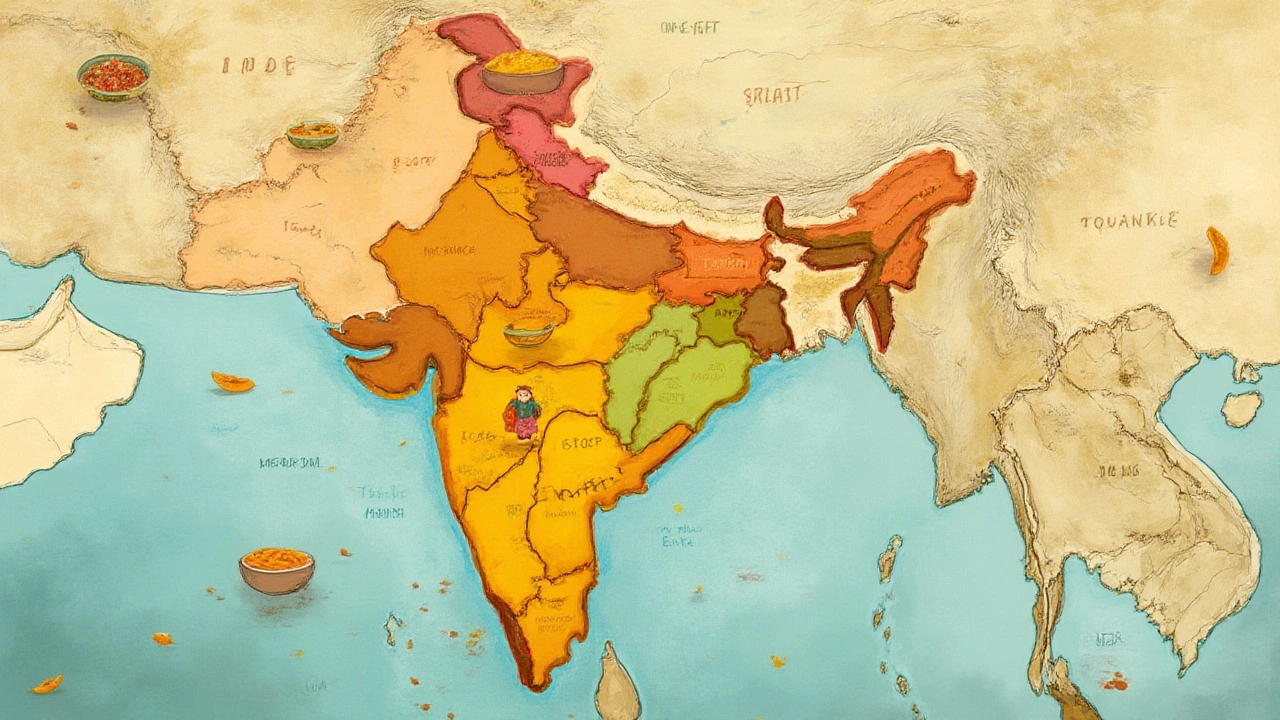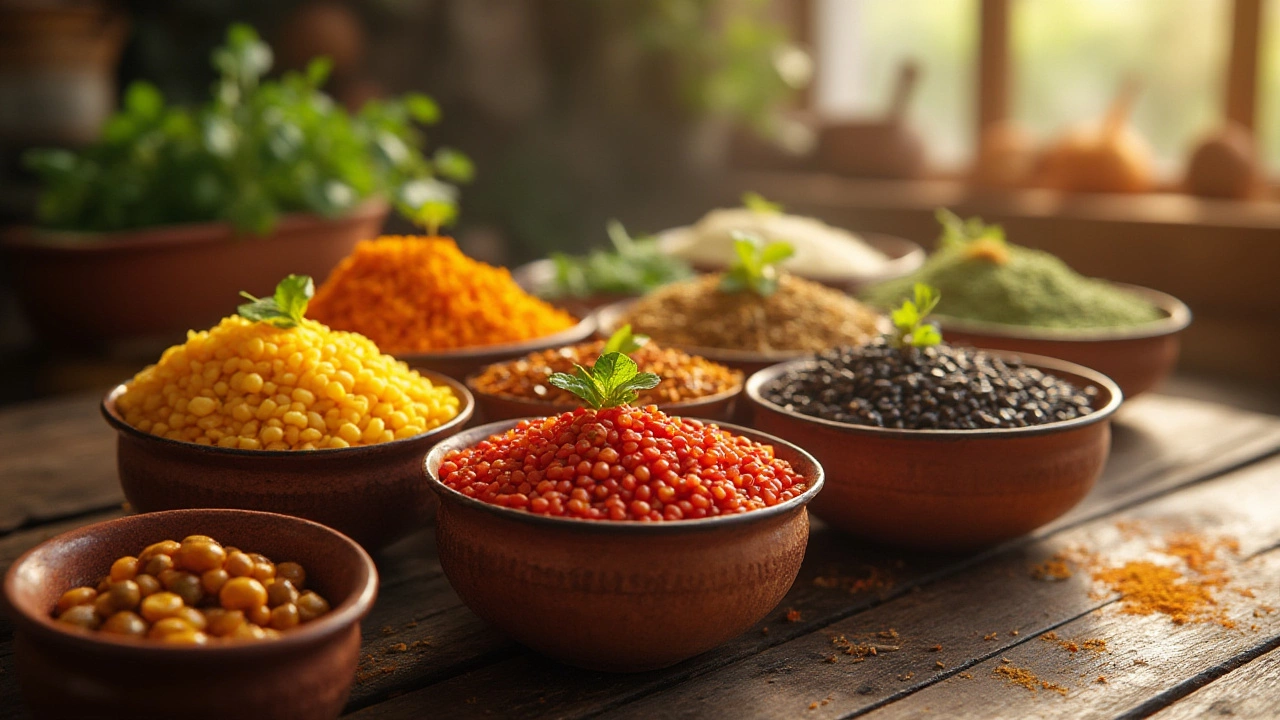Ever order Indian food and see the word "dal" everywhere—on menus, in cookbooks, buzzing from family kitchens—and wonder what it actually means in English? It sounds simple, but the everyday meaning of dal flips between languages and cultures like a culinary chameleon. Sometimes "dal" is just one dish; other times, it's a whole range of grains and beans. It’s the ultimate comfort food for millions, but to outsiders, it can get confusing fast. If you’ve ever gotten lost in the world of dals, let’s untangle what dal is called in English and why its meaning matters way beyond just translation.
What Exactly is Dal? The English Meaning and The Many Types
When you ask, "What is dal called in English?" the short answer is: dal means "lentils." But hold up—it isn’t always that straightforward. In Indian cuisine, "dal" refers to dried, split pulses—that is, lentils, peas, and beans that have had their outer skins removed and split in half. So, while a lot of dals are technically lentils, some are actually split chickpeas, mung beans, or even black gram. The English word "pulse" covers all these seeds, but no one’s going to say, "I’m cooking pulse soup tonight." The more grocery-store-friendly answer? Dal = lentils. But if you want to sound extra precise, you can say "split pulses" or "split legumes." Here’s a quick chart to make sense of the most common types:
| Indian Name | English Equivalent | Common English Term | Notes |
|---|---|---|---|
| Toor dal | Split pigeon peas | Yellow split peas | Used in sambar and Gujarati dal |
| Moong dal | Split mung beans | Yellow lentils (mung) | Mild flavor, easy to digest |
| Masoor dal | Red lentils | Red split lentils | Turns golden when cooked |
| Chana dal | Split Bengal gram | Split chickpeas | Firm texture, nutty taste |
| Urad dal | Split black gram | Black lentils (split, hulled) | Main ingredient in dal makhani |
Now, while Indian grocery stores and English-language recipes often call these simply lentils, in the science or agriculture world, they’re "pulses"—the edible seeds of legumes. But let’s be honest: no one’s inviting you over for "pulse curry." When in doubt, "lentils" or "split beans" will steer you right in English conversations. And remember: dal isn’t the seed itself—it’s also the dish made from these seeds, usually cooked into a soup or stew. Indians will use "dal" for both the ingredient and the meal, which is pretty neat for one little word.

Why Dal is More Than Just a Translation
Dal is so much more than a pantry ingredient—it’s the backbone of daily meals in India, Pakistan, Bangladesh, Nepal, and Sri Lanka. You’ll find dal in school lunches, at weddings, and even as street food. It’s affordable, protein-rich, and naturally gluten-free, which is a win for millions. There isn’t anyone who hasn’t had unfinished dal reheated for lunch the next day after a busy workday—this is the universal energy-saving hack. What’s wild is how each region spins dal its own way: North India swears by creamy dal makhani (using urad dal and kidney beans, served with a dollop of butter or cream), the South cooks tangy sambar with toor dal and tamarind, Bengal loves moong dal with a hint of sweetness, and Gujarat creates thin, soupy dal with a dash of sugar and lemon.
In English, dal doesn’t have a truly perfect word equivalent. Yes, you might see someone translate dal as "lentil curry" or "lentil soup," but those aren’t quite right. The classic dal isn’t usually spicy-hot, and calling it curry often feels like lumping too many spices and flavors into one pot. Some Western chefs use "stewed lentils" or something like "spicy split peas"—but try telling that to a dal-loving grandma and she’ll shake her head. If you want to sound like you know what’s up, stick with "dal." In fact, a 2023 food-trend report said "dal" is becoming a widely recognized loanword in English—just like sushi or taco. Supermarkets in London, New York, and Toronto now label ready-to-eat lentil dishes as "dal," not "lentils." That’s how iconic the word has become!
What trips up a lot of people is that "dal" in Indian kitchens always means the split or dehusked version. Whole mung beans or chickpeas aren’t dal until they’ve been split and (usually) skinned. For example, "moong dal" is yellow and split, but "moong beans" are whole and green. Your English translation totally depends on which stage the pulse is at. It’s like the difference between "corn on the cob" and "cornmeal"—same plant, different form, different name.

Fun Facts, Cooking Tips, and How Dal Fits on Your Plate
Ok, so dal is technically lentils—or split pulses—in English. But the best way to get dal right is to cook it, eat it, and enjoy how adaptable it is. Here’s the coolest part: there are over 50 regional recipes for dal in India alone, and that’s just scratching the surface. Dal doesn’t judge, either. Eat it as a thick stew with rice or scoop it with bread like roti, or slurp it thin and soupy with a squeeze of lime and chili. It’s naturally vegan, high in fiber (7-10 grams per serving), and loaded with plant protein—some types give you up to 18 grams of protein per 100 grams cooked. The United Nations even named 2016 as the "International Year of Pulses" to highlight the importance of lentils, beans, and peas for world food security—dal is that important.
Ever tried to cook dal and got a pot full of mush? You’re not alone. Here are a few tips:
- Rinse the dal under cold water several times until the water runs almost clear. This removes surface starch and helps prevent foaming.
- Soak most dals for 30 minutes (or up to 2 hours) to help them cook faster and more evenly. Small lentils like masoor dal don’t really need soaking—they cook in 20 minutes flat.
- Add salt toward the end of cooking for a creamier texture. Add it at the start and your dal might stay tough.
- The secret weapon in most Indian kitchens is the "tadka" or "tempering": hot oil or ghee with spices and garlic poured over the cooked dal just before serving. It’s the difference between bland and full-on flavor.
- You can use a pressure cooker or Instant Pot to make dal in under 15 minutes (instead of a slow simmer on the stovetop, which takes an hour or longer).
If you’re in the grocery store and see lentils, split peas, or split chickpeas, that covers almost every kind of dal there is. By the way, in the US, the FDA defines pulses as "dried edible seeds of legumes," and says a half-cup serving gets you about 115 calories, almost no fat, and loads of iron and folate. Next time you want to impress friends with trivia, tell them India produces about 25% of all lentils in the world and eats 40% of the global crop—so if you love dal, you’re in good company.
Still can’t decide what to call dal in English? Relax. Just say dal! Sprinkle in a story about how each region serves it, how it brings families together, or how it’s the ultimate Monday night comfort food. Want to make it more fun? Try a new type every month—turn dal into mash, pancakes, soups, or dips. That’s the secret Indians have known forever. Dal isn’t just lentils. It’s a million stories simmering in one pot.
